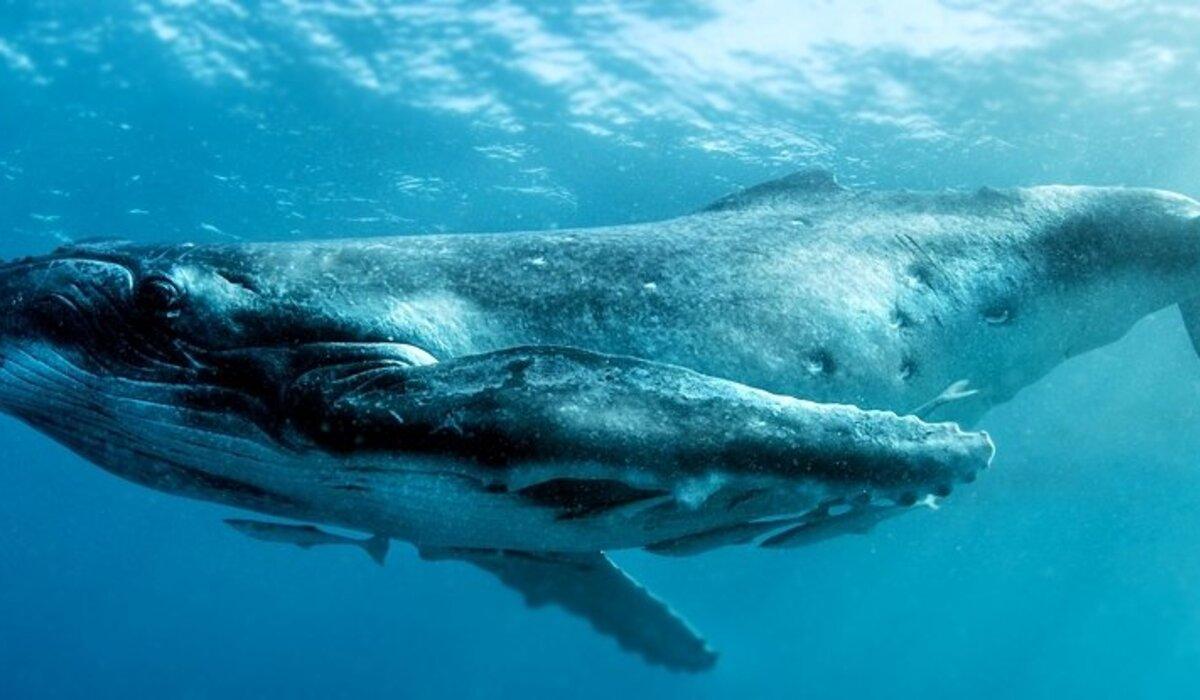In a groundbreaking collaboration, scientists from UC Davis, the Alaska Whale Foundation, and the Search for Extraterrestrial Intelligence (SETI) have joined forces with a unique mission: to communicate with whales. This extraordinary endeavor resulted in a 20-minute conversation with a humpback whale named Twain, marking a significant step towards understanding and potentially communicating with these majestic marine creatures.
The researchers conducted their experiment off the coast of Alaska, employing a technique called a “contact call,” which serves a similar purpose to human greetings. Whales use contact calls to signal to one another, effectively functioning as a form of communication within their social structure. Twain, the humpback whale in question, responded to the contact call, circling the boat and engaging in what seemed to be an intentional exchange with the scientists.
The experiment involved emitting the contact call 36 times at varying intervals, and Twain consistently responded, matching the intervals closely. This matching behavior suggests a level of intentional communication on the part of the whale. The researchers expressed a sense of being heard by Twain, emphasizing the importance of conducting such studies responsibly under permits from marine authorities.
Brenda McCowan, a professor at UC Davis’s School of Veterinary Medicine and the lead author of the study, highlighted the significance of this communicative exchange, stating, “We believe this is the first such communicative exchange between humans and humpback whales in the humpback ‘language.'”
The researchers played back recorded contact calls from a group of humpback whales, including Twain, from the previous day. This led to the intriguing possibility that Twain might have been responding to her own signal, adding another layer of complexity to the communication dynamics observed.
The connection between whale communication and the search for extraterrestrial intelligence is not immediately apparent, but Laurance Doyle, a principal investigator at the SETI Institute and coauthor of the study, drew a parallel. Doyle suggested that Twain’s behavior could resemble how intelligent alien races might seek out humanity.
The assumption here is that extraterrestrial beings, like Twain, would be interested in making contact and would target human receivers, highlighting the importance of knowing what to look for in potential extraterrestrial communications.
Doyle and his colleagues at SETI are collaborating with whale and animal experts to develop intelligent filters that can aid in the search for extraterrestrial intelligence. The goal is to enhance the ability to identify intelligent signals from space, potentially facilitating first contact with an alien civilization. The study is not only shedding light on potential communication with extraterrestrial life but also exploring the curiosity and intelligence of beings on Earth, emphasizing the need to understand diverse intelligences on our planet.
The researchers hope to extend similar communication studies to other intelligent animals, including dolphins, carnivores, and highly social species like meerkats and elephants, further expanding our understanding of communication across species.

